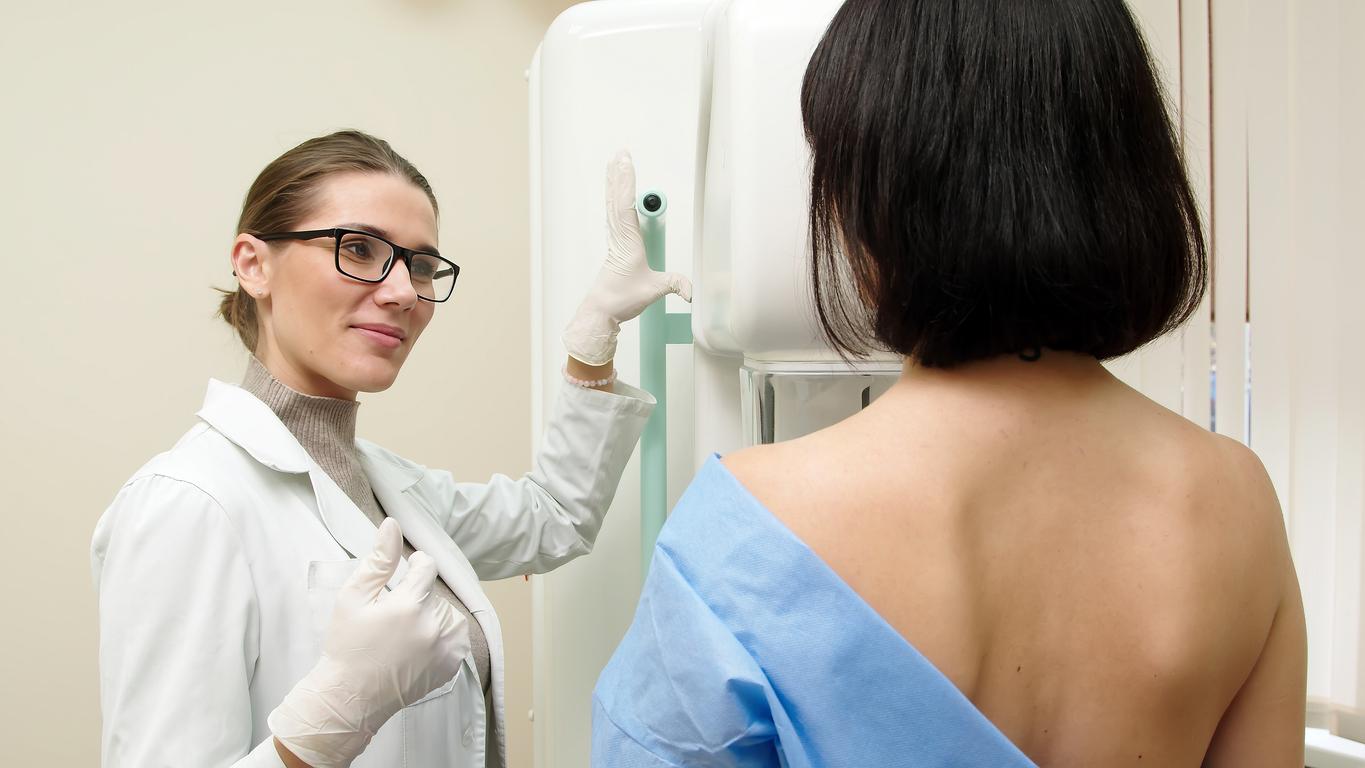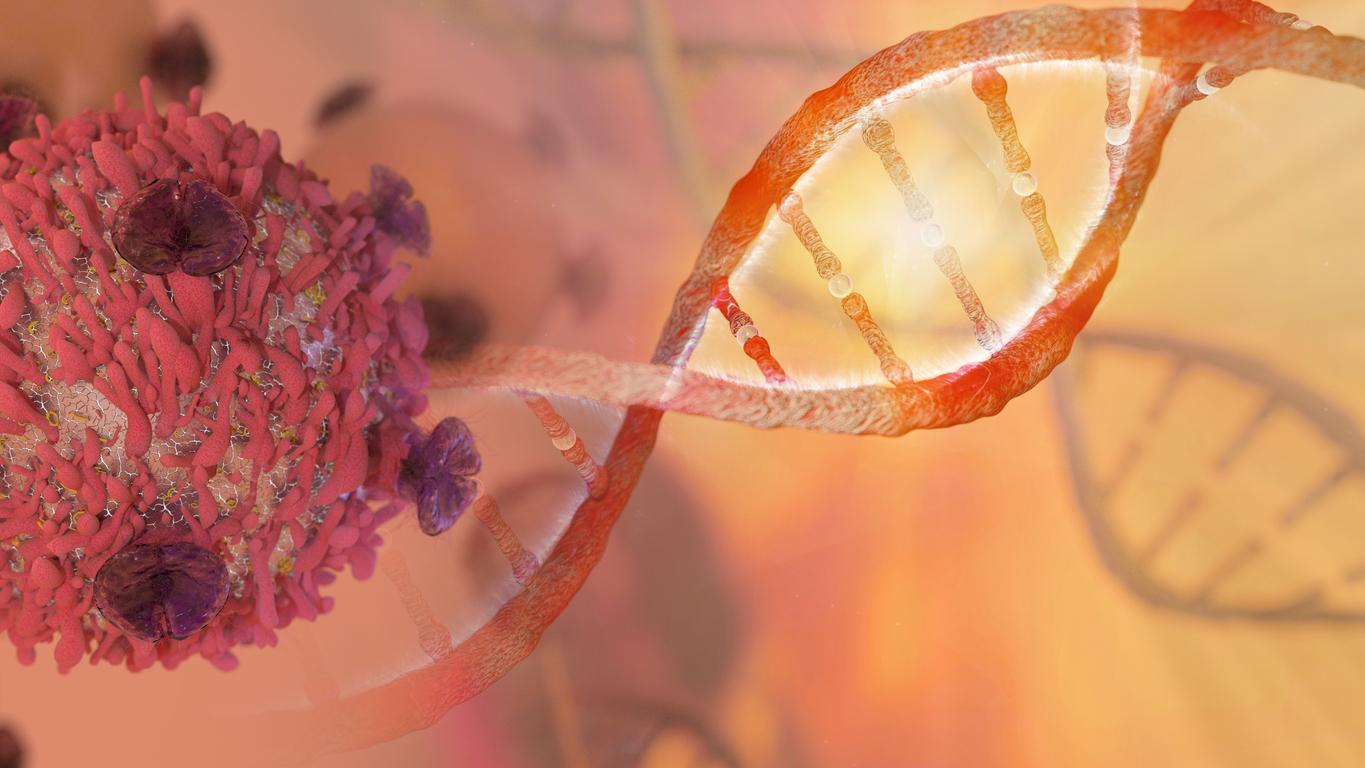Nearly one in three deaths from non-melanoma skin cancer is linked to working outdoors and in direct sunlight, according to a new report from the World Health Organization (WHO) and the International Labor Organization (ILO).

- Nearly one in three deaths from non-melanoma skin cancer is due to work-related activities under the sun, according to joint estimates released today by the World Health Organization (WHO) and the International Health Organization. work (ILO).
- In 2019, nearly 19,000 people worldwide died from non-melanoma skin cancer after working outdoors in the sun.
- The SunSmart Global UV app helps people who work outdoors assess their exposure to solar UV radiation.
Workers operating outdoors must exercise caution! Research work from the WHO and ILO, published in Environment International, have revealed that they bear a significant and growing burden of non-melanoma skin cancer.
Outdoor work: 19,000 working people died from non-melanoma skin cancer
“Unprotected exposure to solar UV radiation in the workplace is a major cause of skin cancer attributable to professional activity”explained Dr. Tedros Adhanom GhebreyesusDirector-General of WHO, in a communicated.
The study shows that 1.6 billion people of working age (over 15 years old) were exposed to ultraviolet radiation (UV) solar during professional activities carried out outdoors in 2019. This represents 28% of the working age population. In addition, the same year, nearly 19,000 individuals carrying out this type of activity worldwide are dead of non-melanoma skin cancer.
Thus, nearly one in three deaths from cancer of the non-melanoma skin is due to professions practiced under the sun.
“Estimates indicate that occupational exposure to solar UV radiation is the work-related risk factor accounting for the third highest burden of cancer deaths worldwide. Between 2000 and 2019, skin cancer deaths attributable to occupational sun exposure nearly doubled (going from 10,088 deaths in 2000 to 18,960 deaths in 2019)“, add the two organizations.

Non-melanoma skin cancer: measures to protect workers
Non-melanoma skin cancer develops in the cells of the epidermis, either in the basal layer, (carcinoma basal cell skin)or at the level of the upper layers (cutaneous squamous cell carcinoma). It is 15 to 20 times more frequent than melanomas. But for the WHO and ILO, it is possible to reduce the risks of this disease among people working outdoors. Gilbert F. HoungboDirector-General of the ILO ensures: “Deaths attributable to unprotected exposure to solar UV radiation during work are largely preventable through the adoption of cost-effective measures.”
Based on this research, the WHO is proposing strengthening measures to protect workers exposed to direct sunlight from UV rays. Among other things, it recommends that they be protected against solar UV radiation from the start of their professional life. “Governments should establish, implement and enforce policies and regulations that protect people working outdoors from sun-induced skin cancer by providing shade, staggering working hours in relation to solar noon, providing education and training and providing workers with sunscreen and personal protective clothing (such as a wide-brimmed hat, long-sleeved shirts and long pants). Protective measures should be applied when the ultraviolet index, a scale assessing the amount of ultraviolet radiation harmful to the skin, is 3 or more”specifies the study.
Furthermore, the WHO, the ILO and the World Meteorological Organization (WMO) and the United Nations Environment Program (UNEP) have developed a application called SunSmart Global UV which help people who work outdoors assess their exposure to solar UV radiation.


















